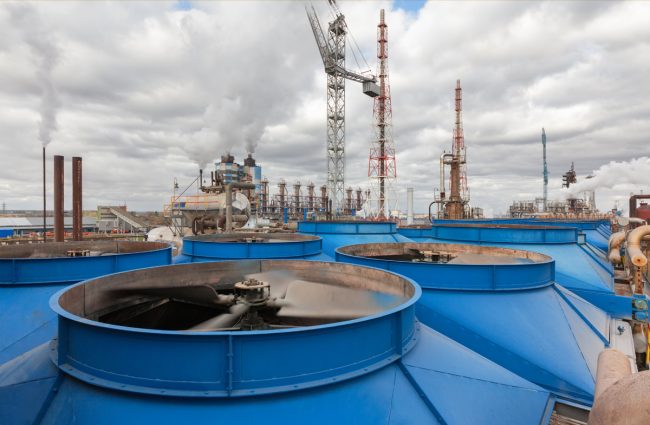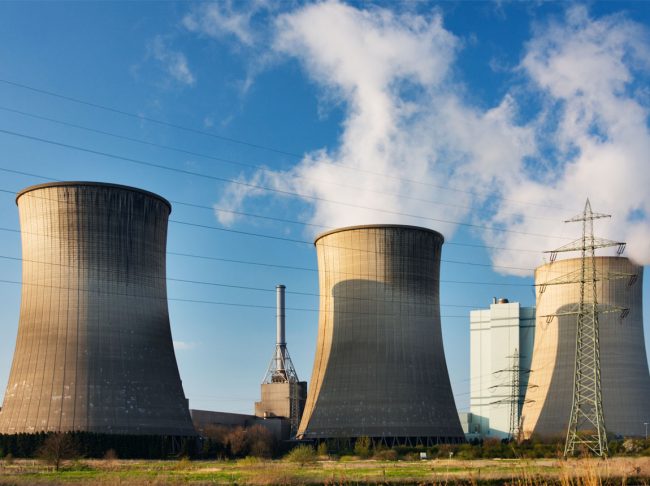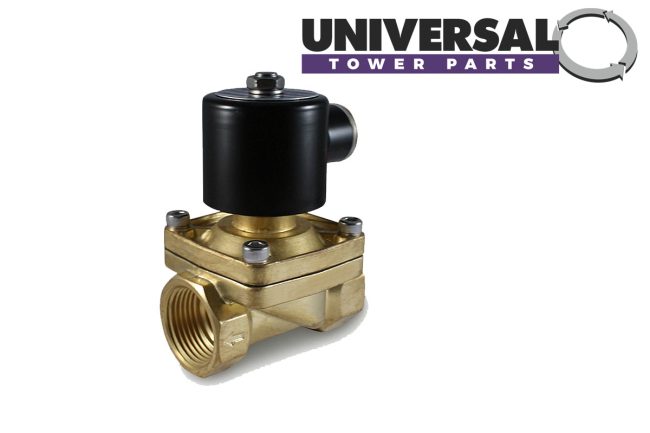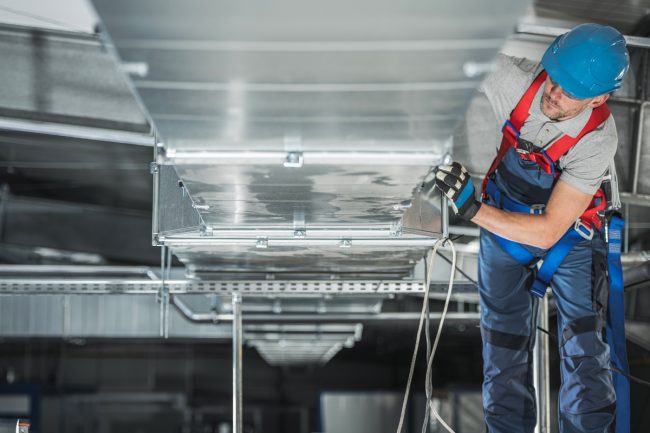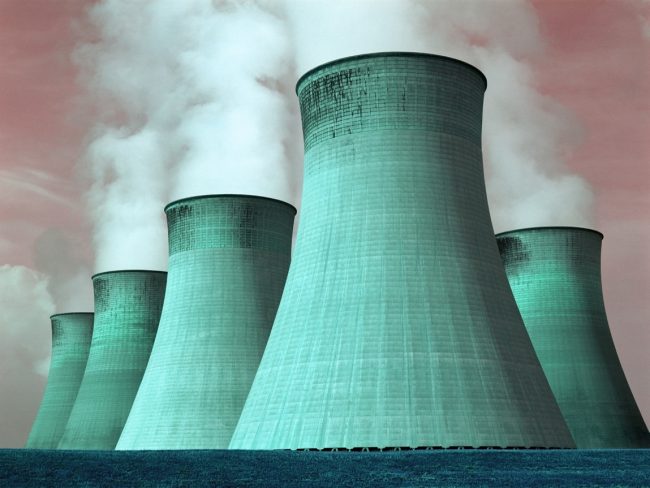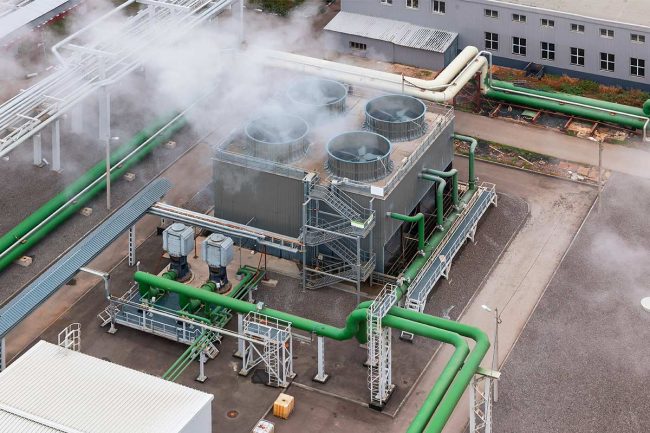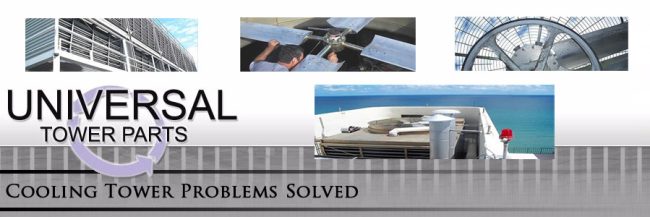Cooling Tower Price
On average, a cooling tower replacement costs $125,000. Typical full replacements range from $50,000-$200,000. How Much Does A Cooling Tower Cost? Here are a few of the typical costs associated with cooling towers: Blowdown system: $30,000 Feeder water system: $50,000-$250,000 Circulation water system: $50,000-$300,000 Blowdown System Cost On average, a blowdown system…


